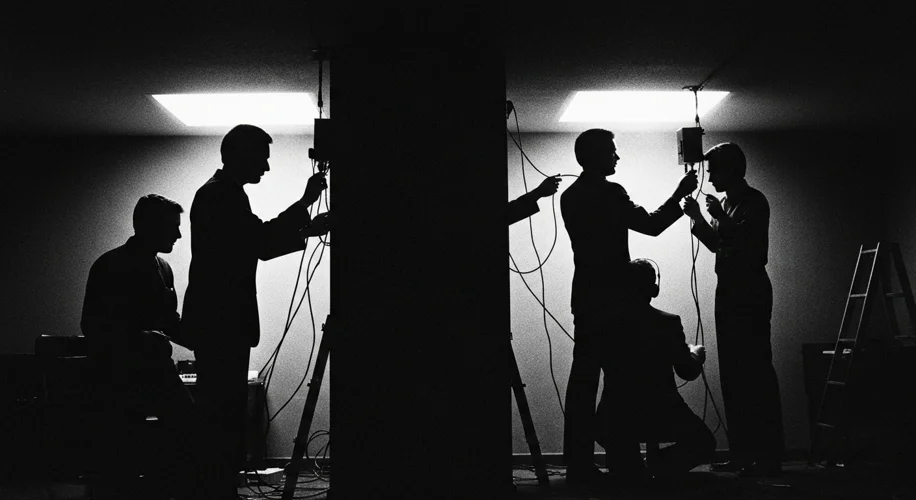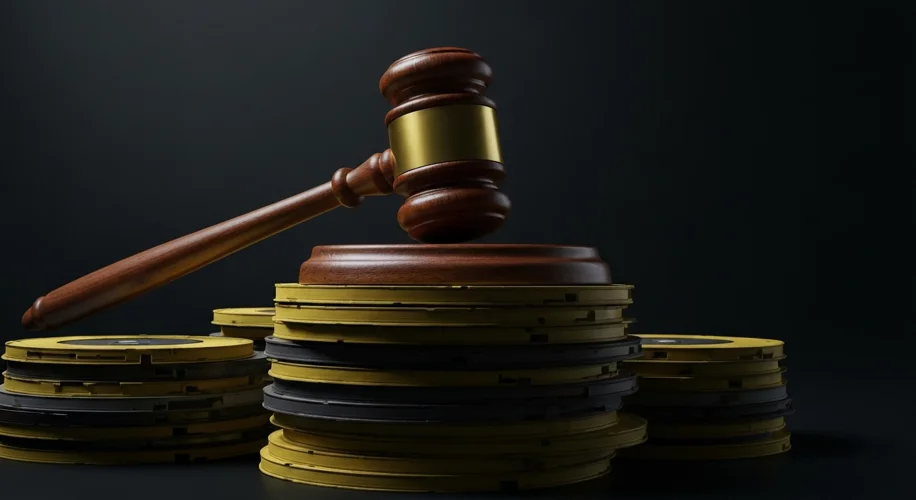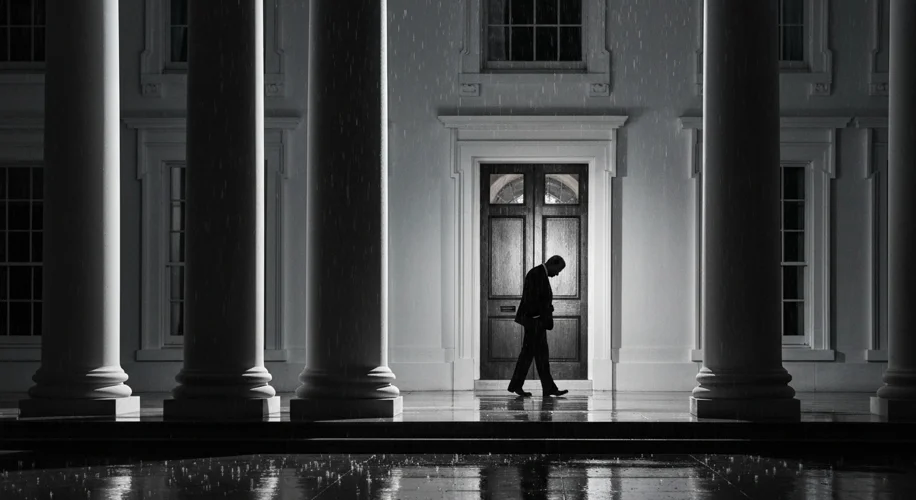The humid Washington D.C. air of June 17, 1972, was thick with more than just summer heat. It was charged with an unseen tension, a prelude to a drama that would unravel the highest office in the United States. In the dead of night, five men, armed with crowbars and wire cutters, pried open the doors of the Democratic National Committee (DNC) headquarters, located in the prestigious Watergate complex. Their mission: to bug phones and steal documents.
What seemed at first like a petty burglary, a sordid footnote in a heated election year, would soon reveal itself as the tip of a colossal iceberg, a scandal that would rock the foundations of American democracy and forever alter the relationship between the presidency and the public.
The Backdrop: A Nation on Edge
The early 1970s were a turbulent time for America. The Vietnam War was a festering wound, the Civil Rights movement had profoundly reshaped society, and a sense of unease permeated the national psyche. Richard Nixon, a Republican, had been elected president in 1968, promising to restore law and order. He was a complex figure, a seasoned politician who often projected an image of strength and determination, yet was also known for his deep-seated insecurities and a fierce, often vindictive, desire to crush his political enemies.
His administration was characterized by a dual focus: ambitious foreign policy initiatives, most notably the opening of relations with China and détente with the Soviet Union, and a relentless pursuit of political advantage, often employing ethically dubious tactics.
The Break-In and the Cover-Up
The Watergate burglars, when apprehended, were found to be connected to the Committee to Re-elect the President (CREEP). This was no random act of thuggery; it was a politically motivated operation, sanctioned at a level far above the five men caught red-handed.
The initial reports in The Washington Post, by intrepid young reporters Bob Woodward and Carl Bernstein, working with a mysterious informant known only as “Deep Throat” (later revealed to be FBI Associate Director Mark Felt), began to peel back the layers of deception. They painstakingly connected the dots, revealing a pattern of illegal activities that extended far beyond the DNC headquarters.
This wasn’t just about bugging offices. The Nixon administration was engaged in a systematic campaign of political espionage, sabotage, and harassment against perceived opponents. This included the use of federal agencies like the FBI and the IRS to target journalists, activists, and political rivals. The infamous “enemies list” became a stark symbol of this pervasive paranoia.

As investigations intensified, President Nixon and his inner circle launched a sophisticated, and ultimately disastrous, cover-up. They sought to obstruct justice, destroy evidence, and silence witnesses. This included authorizing hush money payments to the burglars, using the CIA to impede the FBI’s investigation, and orchestrating a campaign of disinformation.
The Unraveling: Tapes, Impeachment, and Resignation
The turning point came with the revelation that Nixon had a secret taping system in the Oval Office, recording virtually every conversation. Special Prosecutor Archibald Cox, appointed to investigate the scandal, demanded these tapes. Nixon refused, citing executive privilege, triggering a constitutional crisis.
The ensuing legal battles, including the Supreme Court’s landmark ruling in United States v. Nixon, which ordered the president to hand over the tapes, were pivotal. The tapes, when finally released, contained damning evidence of Nixon’s knowledge of and participation in the cover-up, including the infamous “smoking gun” tape of June 23, 1972, detailing his order to use the CIA to obstruct the FBI’s investigation.

Faced with near-certain impeachment by the House of Representatives and conviction by the Senate, Richard Nixon made history on August 9, 1974. He resigned the presidency, becoming the first and only U.S. president to do so. His vice president, Gerald Ford, was sworn in, promising to heal the nation.
The Legacy: Erosion of Trust and Enduring Lessons
The Watergate scandal left an indelible mark on American history. It exposed the dark underbelly of unchecked presidential power and the seductive allure of political expediency. The incident shattered the public’s faith in government and fostered a deep-seated cynicism that lingers to this day.
However, it also demonstrated the resilience of American democratic institutions. A free press, an independent judiciary, and courageous individuals within government, like John Dean and the members of the House Judiciary Committee, played crucial roles in holding the executive branch accountable.

The scandal led to significant reforms, including campaign finance laws and greater transparency requirements for government officials. It served as a potent reminder that no one, not even the president, is above the law.
Today, the word “Watergate” remains shorthand for political scandal, a cautionary tale about the dangers of ambition untethered from integrity. It reminds us that the health of a democracy depends not only on its institutions but on the constant vigilance and commitment of its citizens to truth and accountability.

